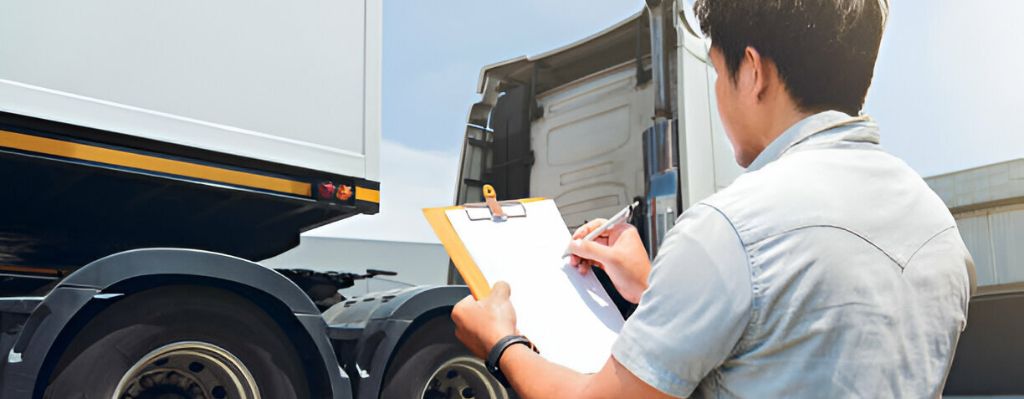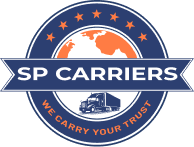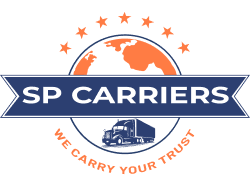Shipping goods across borders can feel like sending a message in a bottle. Sometimes your package sails smoothly, but there is always a worry. Will it get lost, broken, or stuck somewhere? Stories of lost gifts, late products, or damaged boxes are common. If you run a business, one lost shipment could mean unhappy customers and lost money. If you ship a gift to a loved one, you want it to arrive safely. It feels personal.
There are many risks in the journey, but you can take smart steps to keep your goods safe. Let us look at the problems you might face and simple ways to keep your shipments on track. Everyone deserves peace of mind when sending something important.
Understanding Key Risks in Cross-Border Shipping
When goods cross borders, many things can go wrong. Boxes can get stolen, damaged, delayed at customs, or simply lost. If you know what can happen, you can take steps to stop it.
Theft and Pilferage Risks
Some points along the route are easy for thieves. Shipyards, warehouses, and transfer points see a lot of boxes moving in and out. Smart thieves know how to find weak spots when nobody is watching. Sometimes packages get opened and the best items inside disappear. Other times, whole boxes are taken when tracking breaks down.
Big shipments that sit outside or wait in open areas face a higher risk. Packages marked with popular brands or high-value goods draw more attention. It only takes one thief and a few minutes for things to go missing.
Physical Damage and Loss
Boxes go through a lot. They get packed, tossed, stacked, and sometimes dropped. If the boxes are not strong, goods inside can break. If it rains, water can ruin things not packed well. Heat and cold can also cause damage, making electronics or food go bad.
Many damages happen in busy ports when machines and people move things fast. Sometimes labels fall off, or boxes get crushed at the bottom of a stack. Good packaging keeps your goods safe, but poor packaging lets small bumps turn into big problems.
Delays and Customs Challenges

Every country has its own rules. If you send a package with missing forms, customs may hold it for weeks or even longer. Inspectors check boxes for safety and sometimes open them. If documents do not match, or something looks strange, they may refuse your shipment.
Even simple mistakes matter. A wrong address, a missing number, or unclear product details can put your shipment on hold. Delays cause extra storage fees or can make perishable goods spoil.
Best Practices to Enhance the Safety of Your Shipments
You can protect your shipments with a few good habits. Good planning, smart partners, and careful packaging all work together to keep goods safe.
Choose Reliable Logistics Partners
Work with shipping companies that have a strong record. Trusted carriers and freight forwarders care about safe delivery. These companies track your shipment and fix problems fast.
When choosing a shipper, check reviews and ask for proof of insurance. Reliable partners offer tracking, share updates, and answer your questions. Clear steps and open communication make a big difference. Avoid the cheapest options if they seem risky. You want a partner who treats your goods like they matter.
Optimize Packaging and Labeling
Good packaging does more than look nice. It is your goods’ shield. Start with a strong box that fits your items. Use bubble wrap, foam, or paper to fill gaps and protect the contents. Double box breakable items. Tape all seams tightly, and use extra tape for heavy boxes.
Add tamper-evident seals to show if someone has opened your box. Choose simple, easy-to-read labels. Write the full address clearly and include contact numbers. Use waterproof ink when possible. Attach labels on the top and side for easy reading at every stop.
Key tips for safe packaging:
- Pick the right box size and type.
- Use strong tape.
- Fill empty space inside the box.
- Add fragile or "this end up" stickers if needed.
- Seal with a tamper-evident strip.
Utilize Shipment Tracking and Insurance
Knowing where your goods are at every step helps you relax. Good shipping companies give tracking numbers. Use online tools to follow your shipment in real time.
Some goods need special care or extra security. Smart trackers with GPS or temperature sensors can send alerts if things go wrong. This helps you act fast if problems come up.
Buy shipping insurance for high-value or important items. Insurance covers the cost if something is lost or damaged during shipping. Make sure your insurance matches the real value of your goods, not just the cost of the shipping service.
Prepare Complete and Accurate Documentation
Paperwork matters. Trade rules require full and correct documents for each shipment. Without them, your package can get stuck in customs.
Make a checklist for each shipment. Include invoices, a packing list, and the proper customs forms for the country you ship to. Double-check item codes, values, and weights. Write full sender and receiver details on every page.
If you are not sure which forms you need, ask your shipper or a customs broker. A small mistake here can cause big problems later. Keeping copies of everything helps if questions come up.
Simple checklist for documentation:
- Invoice with item list and values
- Packing list with box contents
- Export and import customs forms
- Correct product codes and descriptions
- Full contact details for sender and receiver
Conclusion
Sending goods across borders always carries some risk. Theft, damage, and long delays can happen. But most problems can be avoided with good planning and the right partners. A reliable logistics team, strong packaging, complete paperwork, and real-time tracking all help protect your shipment.
Look for trustworthy companies and never skip steps when packing or filling out forms. Being careful now saves you stress later. Whether you run a business or send a single gift, these steps help keep your goods safe on their journey. Take the time to prepare, and you can trust your goods will reach their destination in good shape.


